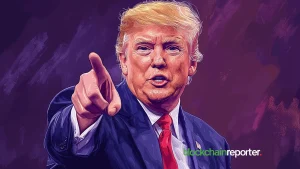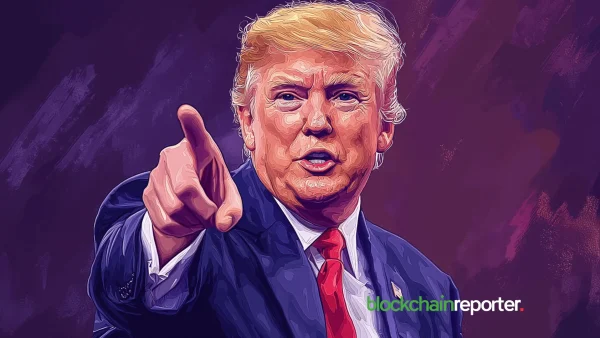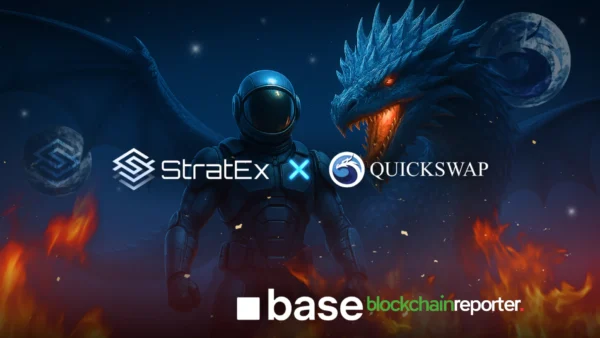
The evolving landscape of digital asset regulation has been an evolving topic for many years, but never more so than over the last year or two. The celebrated Bitcoin ETF approval in the US, long sought by crypto industry insiders, appears to have created some legal stability for the future of digital assets in the US – at least for now.
However, the lack of a defined legislative framework still causes concern for many – particularly given the political uncertainty. One of the main reasons for this insecurity is that US regulators, and particularly the SEC, have proven notoriously unwilling to engage in with cryptocurrency firms. When the SEC filed charges against Coinbase in June 2023, it came as a surprise to many, given that the firm has always put compliance at the front and center of its brand messaging and had long been lobbying for clearer rules. Furthermore, the move came less than two years after Coinbase had undergone its IPO, raising questions regarding the level of due diligence undertaken at that time.
Europe’s Proactive Approach Pays Off
The ongoing refusal of US regulators to engage with the industry is even more baffling in light of the huge progress being made elsewhere in the world. In Europe, Switzerland was among the first to lay out its regulatory position, creating guidelines for digital assets as far back as 2018. It later passed the comprehensive Blockchain Act, which came into effect in 2021 and paved the way for significant investment and growth in the domestic digital asset sector. According to the latest estimates, Switzerland’s “Crypto Valley” is now a thriving hub for Web3 development worth over $380 billion.
While Switzerland is relatively small, the EU’s landmark Markets in Crypto Assets Regulation will have far more reach when it comes into force later this year, covering all 27 member states and any crypto firm doing business with anyone in the bloc. However, it’s prompted a flurry of development over the last year or so from institutions and crypto-native firms alike. Bitstamp has launched a stablecoin in collaboration with banking giant Societe Generale, while Coinbase has also been beefing up its presence in the region, gaining a license to operate in France via the country’s regulator. Raiffeisenlandesbank Niederösterreich-Wien has teamed up with Bitpanda to offer digital asset services to retail customers through its mobile banking app.
Latin America – The New Frontier
Latin America may be more homogenous in terms of languages than Europe, but its countries are far more fragmented when it comes to laws and regulations. Nevertheless, due to a high level of interest in crypto at the grassroots level and among governments interested in digital currencies, the region looks to be a new frontier in the growth of the digital asset markets. Brazil and Mexico, two of the largest economies, have both demonstrated a more progressive approach, with the former handing responsibilities for crypto oversight to its central bank and the latter recognizing cryptocurrencies for payment purposes.
Central bank digital currencies (CBDCs) are seen as a key tool for improving financial inclusion in some of the most impoverished parts of the region, according to the International Monetary Fund. This is an area where Patex, a blockchain ecosystem focused on Latin America, sees a gap it can fill. Patex was founded as C-Patex in 2014, a crypto exchange that has grown organically to reach a user base of 100,000 with 30-day trading volumes of around $10 million.
The project has now expanded to offering its own Layer 2 blockchain forked from Optimism, and custom-developed for the issuance and trading of CBDCs and compliant digital assets, which went live on mainnet in 2023. From February 27, the native $PATEX token will launch on three decentralized launchpads – WePad, DAO Maker, and ChainGPT.
Patex has also drawn a $10 million investment from one of Brazil’s leading investment firms, Acura Capital. The project has built a team with extensive expertise in successfully launching crypto and fintech initiatives, bringing experience from Crypto.com, Binance Brazil, Google, and Bank of America, among others. With this background, the team has the credibility and connections to build successful relationships with regulators and policymakers.
It’s Who You Know
The priority on building such connections with authorities is becoming increasingly evident in how crypto projects are onboarding former regulators to support them on their journey to compliance. Last November, a former superintendent of virtual currencies from the New York regulator joined crypto custodian Fireblocks. He is far from the first – former US Comptroller of the Currency Brian Brookes went on to head up Binance US, while ex-SEC Head Jay Clayton moved to asset manager One River following his tenure with the government.
Overall, the direction of travel is set, and crypto is no longer the unregulated wild west. With the increasing sophistication of legal frameworks, a warmer attitude from lawmakers, and an openness to collaboration on the part of the industry, the stage is set for a more secure and stable future.









